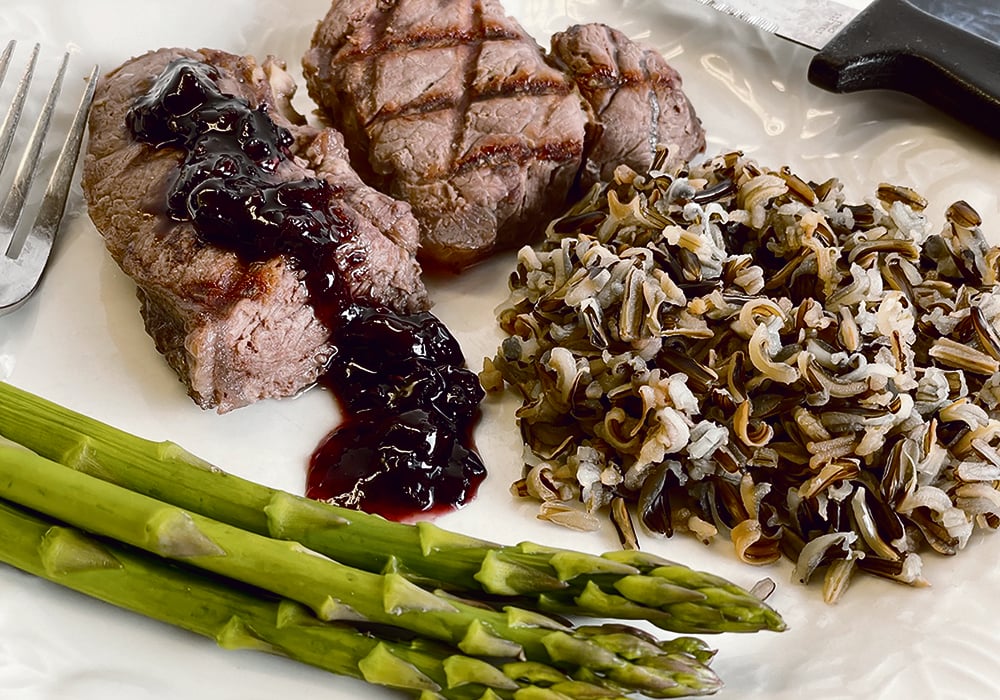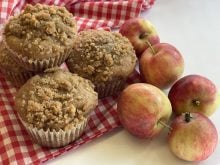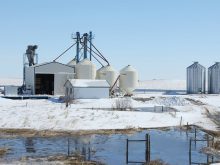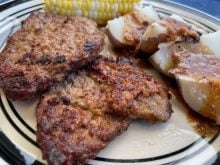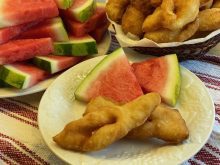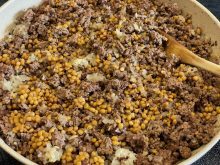The early 1980s featured interest rates as high as 21 percent, drought, and low commodity prices, so many farmers sought ways to diversify their sources of income and create more cash flow.
Beekeeping, speciality livestock, fruit trees, garden produce or opening homes as bed and breakfast or vacation farms were among the many options explored.
Marketing farm-produced foods like preserves, baking, meats and garden produce at farmers markets or community shops were other alternatives. Some enterprising farm gardeners added U-pick operations for strawberries, raspberries, asparagus, squash and pumpkins.
Read Also

Sustainable food has ‘lost all meaning’: prof
That marketing strategy is deader than a doornail, says a University of Guelph professor who specializes in consumer preferences and perceptions of agriculture and food.
In February 1984, a Western Producer reader, who was also a beekeeper, requested information on how to use honey in cakes and preserves. Emmie Oddie replied in her column with advice that the liquid in many recipes must be reduced when using honey in place of sugar.
- 1 cup sugar = 1 cup honey less 1/4 cup liquid from recipe, plus 1/4 tsp. salt.
- 1 cup honey = 1 cup sugar plus 1/4 cup liquid.
If more than one cup of honey is used, Oddie recommended that 1/4 teaspoon of baking soda for each extra cup of honey be added to the recipe. In a plain cake recipe, honey may be substituted for half of the sugar.
Also mentioned was that some baked foods made with honey may brown more quickly than those made with sugar. To manage this, the oven temperature should be lowered by 50F (10C). She also recommended that dark honeys be used for gingerbreads and spicy cookies or cakes due to their distinctive flavour.
For canning, Oddie recommended using only half honey and half sugar and using a larger kettle because honey has a tendency to foam up and boil over.
Another reader was looking for information on how to cream honey. Liquid honey or crystalized honey can be made into a smooth-textured creamed honey by beating it with an electric mixer.
Pour or spoon the honey into a mixing bowl and beat with a mixer to break down the sugar crystals and add air, which can take five to 20 minutes. The length of time depends on the presence of any large crystals.
The honey will turn white and have a smooth, creamy texture. Rub a little between the fingers to be sure there are no large crystals. If there are, beat a little longer. Put in glass jars and store on the counter or in a cupboard.
Nearly 100 Alberta farmers in the 1980s were interested in diversifying their agricultural base by establishing a viable saskatoon berry industry, an Alberta Agriculture news article stated in the Nov. 17, 1988 Western Producer. The industry was born in the early 1970s and had been steadily developing since then. The saskatoons were seen as an alternative cash crop. Generally, it takes 10 or 11 years to get to the break-even point.
On a farm already set up for livestock, adding speciality animals such as elk, goats and bison made some sense because pasture and feed might be readily available. But special fencing and handling equipment could be major additional expenses.
Bison, native to the Prairies and northern woods, were well adapted to the food and climate of the Prairie provinces.
Bison meat is leaner and lower in calories and saturated fat than beef. Because it is extra lean, it cooks faster, so a lower temperature is best. Also, only cook to rare or medium rare. Cook four to five minutes per side when grilling, broiling or pan frying a 3/4 to one-inch-thick (2-2.5 cm) bison steak.
For bison burgers, use a little salt and pepper, form into patties and cook four to seven minutes on each side over medium heat. The less time it takes to cook, the more juicy and tender the burger will be. Cook four minutes for a medium finish and seven minutes for medium-well to well done.
Like dirt farmers who turned the sod in southern Saskatchewan, wild rice farmers were pioneers looking for increased cash flow options. The native people had long fished northern lakes but only since the 1970s had they and other northerners begun to seed wild rice on a wide scale.
Wild rice, a type of grass with a long, black, nutty-tasting seed, grows naturally in Manitoba, northwestern Ontario and Minnesota. It was first brought to Saskatchewan in the 1920s but serious interest didn’t develop until much later.
In 1988, there were 200 growers in Saskatchewan with a production of almost two million pounds, noted an Oct. 6, 1988, article.
Barbara Logsdale , a freelance writer, shared in a Nov. 17, 1988 article that wild rice, when compared to long grain white rice, had more protein, one percent more fibre and six times the amount of niacin. Wild rice has a crisp, nutty flavour and crunchy texture and goes well with meat, poultry, fish, game and shellfish dishes. Wild rice can also be added to pancakes, muffins, hash browns, casseroles and stuffing. One half pound (250 g) will serve 12 people when cooked.
To cook wild rice:
Yield: 4 cups cooked rice
1 cup wild rice
4 cups water
Rinse rice well under cold water. Bring water and wild rice to a boil, cover and simmer 20 to 30 minutes until kernels pop open. Do not overcook because it can go mushy. Drain and steam to reheat.
Presoaking overnight reduces cooking time by about half. Wild rice quadruples in size.
Wild rice blends well with long grain brown rice because both cook in the same amount of time. Use a half brown and half wild rice combination to extend the wild rice.
Canada’s planned conversion to the metric system, which began in the early 1970s, was slowed by opposition and postponed deadlines.
The use of metric scales for retail sale of meat, fish, fruit and vegetables was delayed for a year in the early 1980s, while other packaged foods like sugar, ice cream, butter, yogurt, cereals and milk were only being sold metrically.
To add to the confusion, cookbooks and consumer information were being developed completely in metric or in both metric and imperial measures.
In an article by Liz Delahey in Western People magazine dated Jan. 24, 1980, she encouraged readers to maintain their set of imperial measures, of cups and spoons, to use when making old family favourite recipes and then purchase a new set of metric liquid and dry measures for use with new metric recipes.
She recommended the following metric measures: a liquid metric measure in 250 or 500 mL size; three dry measures in the 50, 125 and 250 mL size; and five small measures in the one, two, five, 15 and 25 mL size.
It is important to note that later, the accepted standardized metric measures were 60 mL rather than 50 mL and 30 mL rather than 25 mL.
Delahey reinforced the fact that metric measures were used the same way as imperial measures and the only difference in cooking method was the metric oven temperature now given in Celsius.
Betty Ann Deobald, one of The Western Producer’s TEAM Resources columnists, will write a monthly column for the next year examining rural life in each decade of the last century.


